Every year, countless dogs find themselves in desperate need of aid, whether it's for a new, loving home, life-saving medical treatment, or even just the basics of pet food and animal rescue. Fundraisers play an invaluable role in bridging these gaps, providing essential financial support to animal shelters, rescues, and individual families struggling with veterinary bills. In fact, a well-executed fundraiser can be the difference between despair and hope for our furry friends.
Our purpose today is not just to highlight the pressing need for dog-related fundraisers, but to empower you, our reader, with the tools and knowledge to organize your own successful fundraising event. If you've ever felt a tug at your heartstrings when you see a dog or an animal shelter in need, this post will show you how to transform that empathy into action.
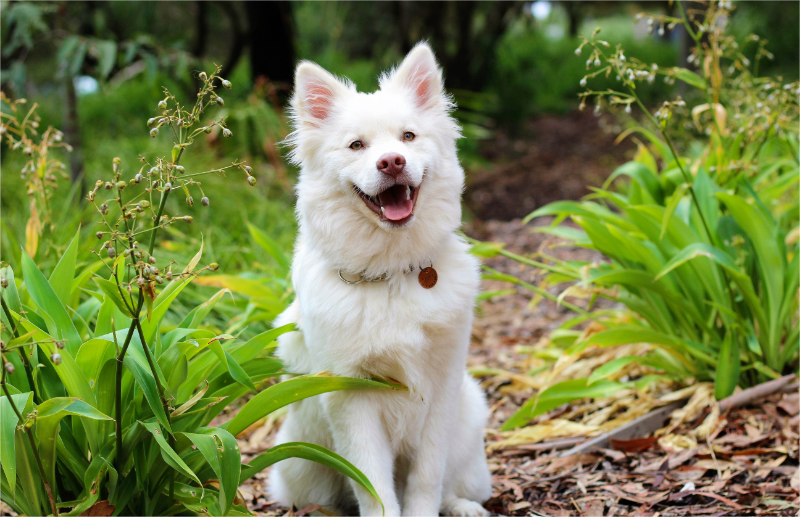
Understanding the Cause for Dog Fundraisers
Before diving headfirst into organizing your pet or animal fundraiser, it is important to identify and thoroughly understand the cause that you are supporting. Fundraisers for dogs can address a wide array of causes – let's delve into some of the most common ones.
1. Animal Shelters and Rescues
These institutions offer vital services, providing safe havens for dogs in need. They often operate on tight budgets, so financial aid can significantly help in maintaining their operations, improving facilities, and covering the costs of food, medical care, and more. Click to learn more about how to raise money for animal shelters.
2. Medical Treatments
Some fundraisers are set up to aid individual dogs, particularly when it comes to expensive medical treatments. This could be for a rescue dog requiring surgery, a family pet with a medical condition, or dogs in need of ongoing veterinary care.
3. Service Dog Training and Support
Another significant cause for fundraisers is the training and support of service dogs. These dogs are trained to assist individuals with disabilities, offering them greater independence and quality of life. However, training a service dog can be an expensive and time-consuming process, often requiring professional trainers and specialized resources. Fundraisers in this area help cover these costs, ensuring that those in need can access these invaluable companions without financial barriers.
Understanding your cause is the cornerstone of any successful fundraiser. It forms the basis of your messaging, your appeal to donors, and ultimately, the impact you can make. When your cause is well-defined, you can more effectively communicate why it is worthy of support, enabling potential donors to connect emotionally and prompting them to act.

How to Plan a Dog Fundraising
Proper planning is essential for the success of your fundraiser. Let's explore the four foundational elements of planning a dog fundraiser: setting goals, budgeting, choosing a platform, and assembling a team.
1. Setting Realistic Fundraising Goals
Your fundraising goal should be an accurate reflection of the needs of your cause. While optimism is encouraged, your goal should be grounded in reality. A realistic and achievable target encourages animal lovers to participate, as it offers a clear finish line that they can help you reach. Remember, it's always better to surpass a moderate goal and continue fundraising than to fall short of an overly ambitious target.
2. Establishing a Budget for the Event
While the ultimate aim is to raise funds, you will also need to spend some to make your event happen. Consider costs such as venue rental, promotional materials, refreshments, and any activities you plan to host. Keep your budget lean without compromising on the quality and effectiveness of the event. Transparency about the budget can also enhance trust with your donors.
3. Choosing the Right Fundraising Platform
Nowadays, several platforms can help you organize your fundraiser, from traditional in-person events to online crowdfunding platforms. The right platform for you depends on your audience, your cause, and your personal preferences. Online platforms, such as *spotfund, can provide convenience, accessibility, and a wide reach. However, in-person events can foster a deeper sense of community and personal connection. You might even consider a hybrid approach, combining an in-person event with an online donation option.
4. Assembling a Team of Dedicated Volunteers
Even the most determined individual can't pull off a fundraiser alone. Assembling a team of dedicated volunteers is crucial. Volunteers can help with various tasks, from spreading the word about the fundraiser and assisting on the day of the event, to following up with donors afterward. Look for people who are as passionate about the cause as you are and who have the skills (or the willingness to learn) needed to contribute effectively.
With these basics in place, you've built a solid foundation for your fundraiser. As you go along, remember that every successful fundraiser is a result of careful planning, constant learning, and unwavering dedication to the cause.
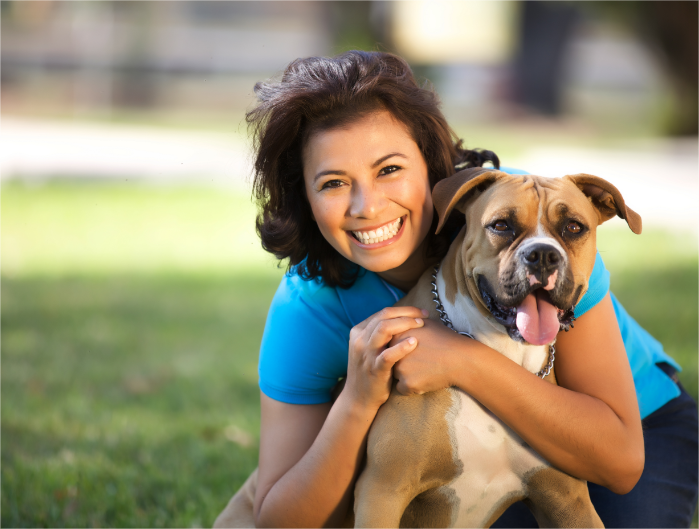
Fundraising Theme and Fundraising Events
Crafting a successful fundraiser involves more than just collecting donations; it requires creating an engaging, memorable experience for your supporters. The use of a theme and the incorporation of fun activities can enhance this experience significantly.
The Power of Themed Fundraisers
Themes add a unifying, engaging element to your event. They provide a visual and conceptual backdrop that can make your event stand out, thus increasing interest and participation. Plus, a creative theme allows for easy branding, making promotional efforts more consistent and effective.
Suggestions for Dog-Related Themes
Themes can range from simple to complex, depending on your resources and the interests of your target audience. For dog-related fundraisers, you might consider themes such as "Paws for a Cause," a dog superhero costume party, a 1950s-style "Poodle Skirts and Pet Shop Boys" bash, or even a casual "Picnic with Pups." Remember, your creative animal fundraising ideas should be fun, engaging, and relevant to your cause.
Fun and Engaging Activities
Activities are the heart of your event. They provide entertainment, engagement, and numerous opportunities for fundraising. Consider dog-centric activities such as a dog show, a charity dog walk, or a doggy costume competition. If you're working with a rescue or shelter, an adoption drive could also be a powerful part of your event. Other activities might include photo booths with dogs, dog training demonstrations, or agility contests.
Incorporating Educational Sessions about Dog Care and Responsible Ownership
While the primary goal of your event is fundraising, it also presents an excellent opportunity for education. Sessions or workshops on dog care and responsible ownership not only add value to your event but also promote a more informed, responsible dog-loving community. You could invite a local vet or professional dog trainer to share their expertise or distribute educational materials related to your cause.
Remember, the aim is to create a meaningful, enjoyable experience that leaves a lasting impact on your attendees. It should not only motivate them to donate but also inspire them to become more active advocates for your cause. The more engaging and well-planned your event, the more memorable it will be, fostering a deeper connection with your cause among your supporters.

Promotion and Marketing
Even the best-planned fundraiser won't succeed if people don't know about it. This is where promotion and marketing come into play. Effective promotion increases visibility, boosts participation, and can ultimately lead to greater donations for your cause.
Importance of Spreading the Word about the Fundraiser
Promoting your fundraiser isn't just about shouting out your event date and location; it's about communicating the why behind your fundraiser, stirring people's emotions, and convincing them to act. Remember, you're not just asking for donations; you're offering people an opportunity to make a real difference in the lives of dogs in need.
Using Social Media and Local Media Outlets
Social media can be a powerful tool for spreading the word. Use platforms like Facebook, Instagram, Twitter, and LinkedIn to reach different demographics. Make use of event pages, targeted posts, and even paid advertisements if your budget allows. Don't forget about local media outlets either. Community newspapers, local TV stations, and radio shows often have segments dedicated to local events and causes.
Creating Engaging Content
Quality content can make your promotion efforts more effective. This includes compelling posts and stories about the dogs your fundraiser will help, high-quality photos or videos, and eye-catching flyers or posters. Showcase the impact that previous fundraisers have had, and don't forget to include all the essential information about your event.
Utilizing Networks of Friends, Family, and Local Businesses for Promotion
Your personal network can be a powerful promotional tool. Encourage friends, family members, and colleagues to share your event within their own networks. Local businesses can also play a role. Ask them to display your flyers, promote your event to their customers, or even become sponsors. Remember, every shared post or flyer increases your reach and potential impact.
In the end, successful promotion requires creativity, persistence, and a clear message. Let your passion for your cause shine through in your promotional efforts, and others will be inspired to join you in your mission.
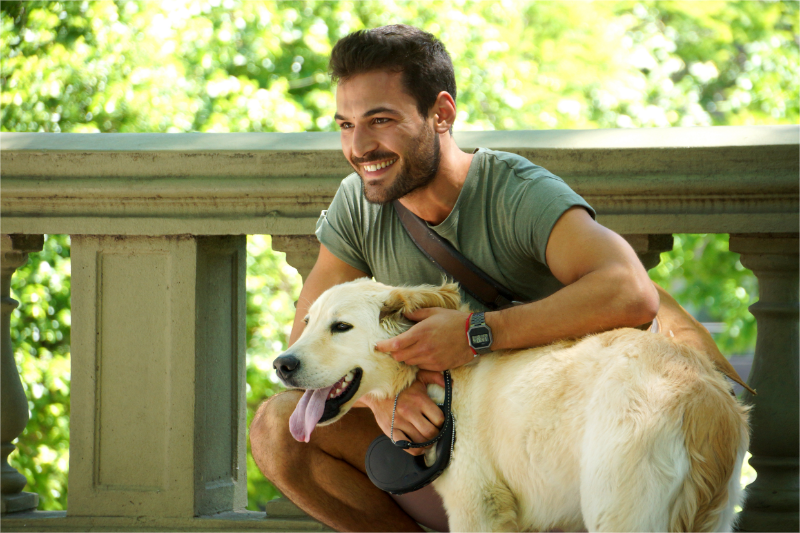
Fundraising Ideas to Raise Money for Pet Owners
How you choose to raise funds can significantly influence the success of your fundraiser. A well-rounded approach can tap into various income streams, maximizing the financial support you can provide to your cause. Let's explore some of the most effective fundraising methods for dog-related causes.
1. Direct Donations
This is the most straightforward method. Ask attendees or supporters to donate money directly to your cause. You can do this during your event, through online platforms, or even via traditional mail. Be sure to offer a variety of payment options (cash, check, credit card, mobile payments) to make it as easy as possible for people to donate.
2. Sales of Products or Services
Selling items or services can be a significant income generator for your fundraiser. Consider selling pet-related products, such as dog toys, treats, or custom pet portraits. Food and beverage sales, especially at an in-person event, can also bring in funds. You might also think about services like a charity dog wash or a pet photography session. The key here is to offer products or services that your target audience will find valuable.
3. Sponsorships from Local Businesses or Pet-Related Companies
Local businesses or pet-related companies can be valuable partners in your fundraising efforts. They might be willing to sponsor your event in exchange for promotion, contribute items for sale or auction, or match the donations you receive. When reaching out to potential sponsors, be sure to highlight the mutual benefits of partnership and the positive impact they can make on your cause.
4. Online Fundraising Opportunities
In our digital age, online fundraising offers incredible opportunities. Crowdfunding online platforms like GoFundMe or *spotfund can reach a wide audience. Online charity auctions, where bidders compete for donated goods or services, can be both fun and lucrative. Even simple actions like sharing your fundraiser on social media or sending emails to potential donors can bring in online donations.
While there are numerous fundraising platforms available today, *spotfund stands out for several compelling reasons, especially when it comes to raising money for dog-related causes. Here's why we recommend using Spotfund for your online fundraising efforts.
- No Platform Fees: One of the most significant advantages of *spotfund is that it doesn't charge any platform fees. This means that more of the money you raise goes directly towards helping the dogs you're advocating for. Without platform fees, your donors can be confident that their contributions are making the most significant possible impact.
- Ease of Sharing: *spotfund is designed to integrate smoothly with your social networks, making it incredibly simple to share your fundraising campaign with your friends, family, and followers. With just a few clicks, you can spread the word about your cause across Facebook, Twitter, LinkedIn, and more. This feature not only saves you time but also helps your campaign reach more potential donors.
- Accepts Apple Pay: *spotfund also accepts Apple Pay, one of the most popular digital wallets in use today. This feature makes it easy for supporters to donate, even if they don't have their credit or debit cards on hand. By removing barriers to donation, *spotfund helps you maximize your fundraising potential.
- Quick Withdrawal Within 1 Business Day: *spotfund ensures that you can access your funds quickly, offering withdrawals within just one business day. This feature is particularly beneficial for urgent needs, allowing you to mobilize resources swiftly for your cause.
Create your dog fundraising campaign today!
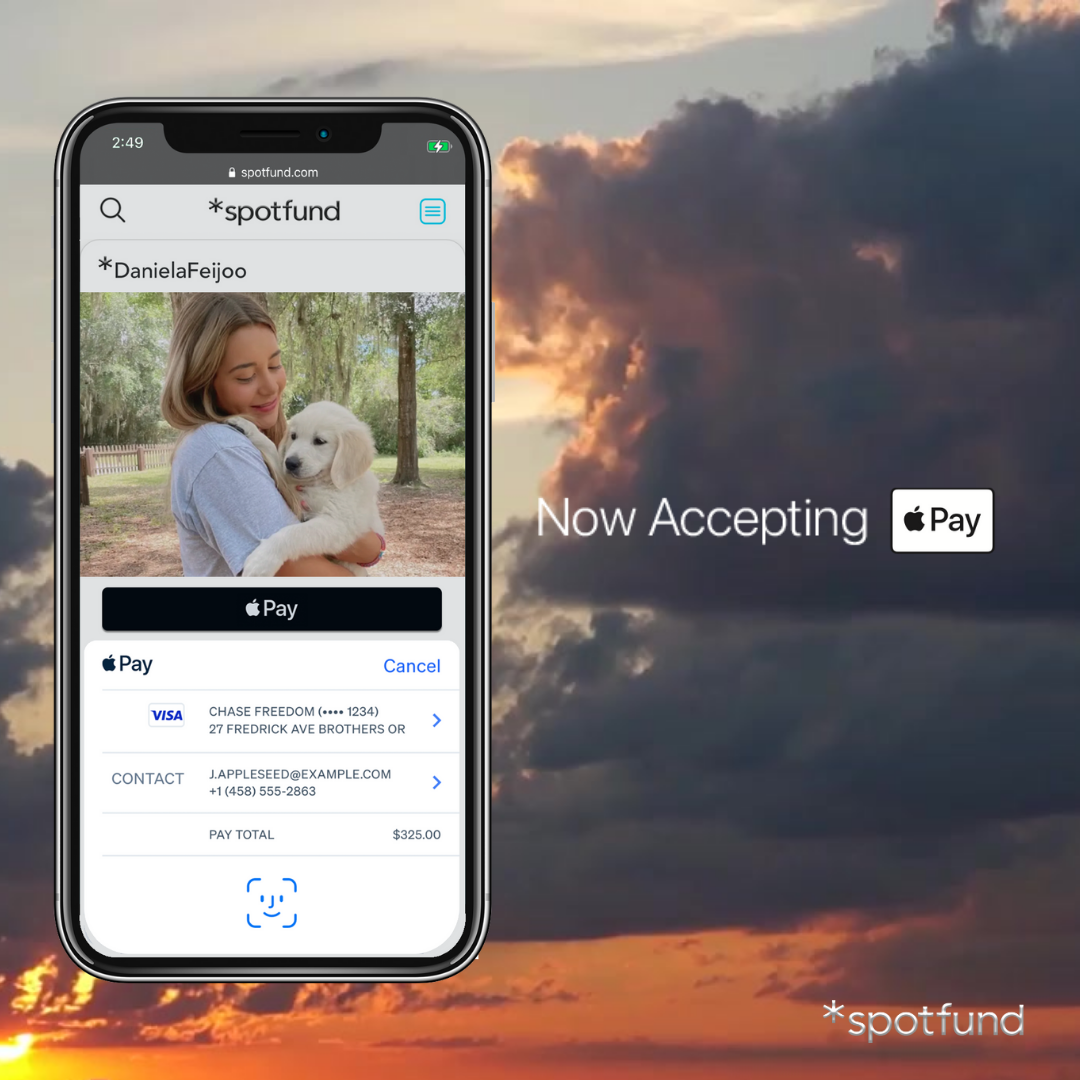
The Day of the Fundraiser
Finally, the day you've been working towards arrives - the day of your dog fundraising. This day will require careful management to ensure it runs smoothly and successfully. Let's go through some key points you need to consider.
1. Ensuring the Safety and Comfort of All Participants, Especially the Dogs
The well-being of your guests, volunteers, and especially the dogs should be your top priority. Ensure that the event area is secure and free from potential hazards for dogs. Provide plenty of water stations for both dogs and humans. If it's an outdoor event, make sure there are shady areas where dogs can cool off. Establish and clearly communicate guidelines for dog interaction to prevent any incidents.
2. Capturing the Event: Photos, Videos, Live Streaming
Documenting the event is vital for many reasons. Photos and videos can serve as wonderful mementos for participants, evidence of the event's success, and promotional material for future fundraisers. Consider hiring a professional photographer or videographer, or ask a talented volunteer. If your event is virtual or hybrid, live-streaming parts of the event can bring in remote participants and enhance their engagement.
3. Making it a Fun and Memorable Day for Everyone
At the end of the day, you want your attendees to leave with a smile on their faces and a feeling of accomplishment. Keep the atmosphere light and festive, with upbeat music, engaging activities, and friendly interaction. Showcase the dogs you're helping - their stories can create an emotional connection and reinforce the importance of the cause.
4. Tracking the Funds Raised and Thanking the Donors
Keep a real-time tally of the funds raised, if possible. This can build excitement and encourage further donations as people see the impact they're making. Most importantly, thank your donors, sponsors, and volunteers. They've given their money, time, and resources to your cause, so express your gratitude sincerely and promptly.
The day of the fundraiser is a culmination of your planning, promotion, and dedication. By ensuring safety, capturing memorable moments, creating a joyful atmosphere, and acknowledging the contributions of your community, you'll host an event that truly makes a difference for your cause.
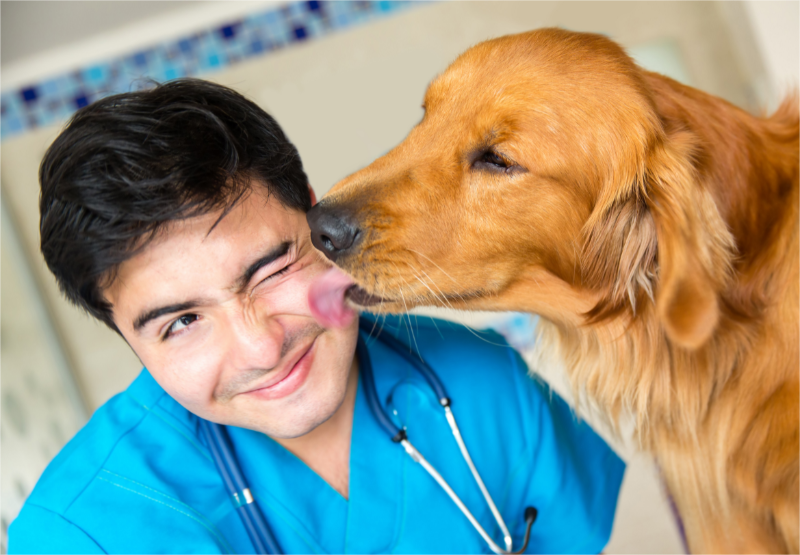
Post-Fundraiser Activities
The end of your fundraiser is just the beginning of the next stage: post-fundraiser activities. It's crucial to follow up properly after your event to maintain relationships with donors, assess your efforts, and lay the groundwork for future fundraisers.
1. Updating Donors about the Funds Raised and Their Impact
After the event, promptly inform your supporters about the total funds raised. But don't stop there. As funds are used, keep donors updated on the impact their donations are making. Share stories and photos of the dogs whose contributions are helping. This not only assures donors their money was well spent, but it also strengthens their connection to your cause.
2. Showing Gratitude
Saying thank you is one of the most important post-fundraiser activities. Personalized thank-you notes, social media shout-outs, or small tokens of appreciation can go a long way. Recognize everyone who contributed: donors, volunteers, sponsors, and even attendees who may not have donated but helped create a positive atmosphere.
3. Reviewing the Event
Take some time to evaluate your fundraiser. What worked well? What didn't? Seek feedback from attendees, volunteers, and other stakeholders. Use this feedback, along with your own observations, to identify areas for improvement. This review will help you learn and grow, making each fundraiser more successful than the last.
4. Planning for the Next Fundraiser
If your fundraiser was a one-time event, think about making it a recurring one. Regular fundraisers not only raise more funds over time but also build stronger relationships with your community of supporters. If you decide to host another event, start planning well in advance. Take what you've learned from this fundraiser and apply it to the next one.
The power of dog fundraisers is undeniable. These events provide critical financial support to animal shelters, rescues, and individual dogs in need. But their impact goes beyond just raising money. They bring communities together, raise awareness about important issues, and create powerful connections between people and dogs.
Continued engagement and support for dog-related causes are vital. The needs are ongoing, and every contribution - no matter how small - can make a significant difference. Whether you decide to organize your own dog fundraising, volunteer at one, or simply make a donation, your involvement can change the lives of many dogs for the better.
Ready to make a significant impact on the lives of dogs in need? Give *spotfund a shot!

